Leghorn
- January 22, 2024
- 0 comment
Leghorn chickens are a breed renowned for their exceptional egg-laying abilities and distinctive appearance. Originating in the Italian port city of Livorno, they have become a staple in the world of poultry farming. Leghorns are known for their slender and elegant build, featuring upright combs and wattles, white earlobes, and a variety of plumage colors, including white, brown, black, and more. They are highly active and alert birds, often preferring to roam freely and forage.
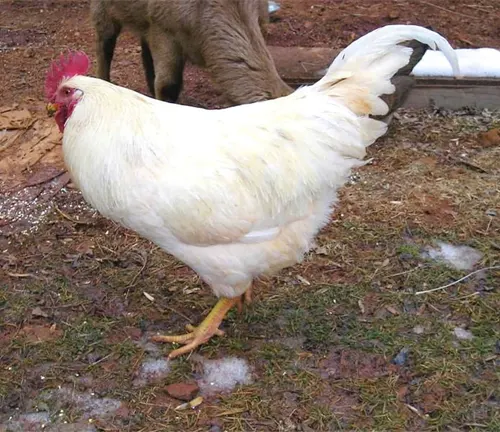
This, coupled with their remarkable adaptability to different climates, makes them a popular choice for both commercial egg production and backyard poultry keeping. Leghorns lay copious amounts of white eggs, with some individuals producing up to 300 eggs per year. While they may not be the most docile of breeds, their prolific egg-laying and hardy nature make them a valuable addition to any flock. Whether you’re a seasoned farmer or a novice enthusiast, Leghorn chickens offer a fascinating and productive poultry experience.
| Characteristic | Description |
|---|---|
| Origin | Italy (specifically, Livorno) |
| Varieties | White, Brown, Black, Red, Silver, Exchequer, Blue, and more |
| Plumage | Varies by variety (e.g., white, brown, black) |
| Comb and Wattles | Upright combs and wattles |
| Earlobes | White |
| Nature | Active, alert, and independent |
| Egg Production | Exceptional, with some hens laying up to 300 eggs annually |
| Lifespan | 5 to 10 years, depending on care |
| Climate Adaptability | Tolerant of both hot and cold climates |
| Suitability for Backyard | Yes, but may not be as docile as some breeds |
| Dietary Requirements | Balanced diet with proper calcium supplementation for strong eggshells |
| Primary Use in Agriculture | Commercial egg production, biodiversity preservation |
| Common Health Issues | Respiratory infections, mites (prevention and treatment necessary) |
| Integration with Other Breeds | Can coexist with other breeds with proper introductions |
| Sex Identification of Chicks | Challenging, requires experience |
| Regulations and Guidelines | Check local regulations for poultry keeping |
Unveiling the Enigmatic Breed
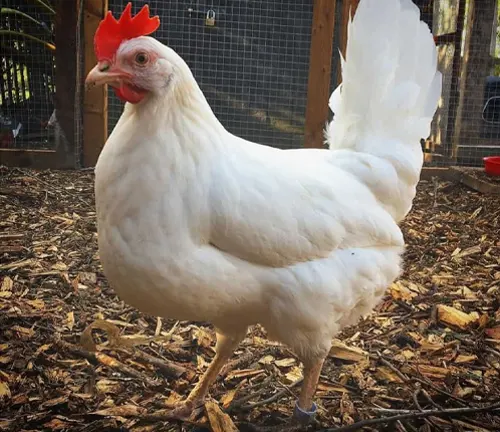
When it comes to poultry farming, one breed that has consistently stood the test of time is the Leghorn. These remarkable chickens have earned their place in the spotlight for various reasons, from their distinctive appearance to their prolific egg-laying capabilities. In this comprehensive article, we will delve deep into the world of Leghorns, exploring their history, characteristics, care, and their vital role in the world of agriculture.
A Glimpse into Leghorn History
Origins of the Breed
Leghorns find their roots in Italy, specifically in the port city of Livorno, from which they derive their name. These chickens made their way to the United States in the early 1800s, and their popularity has continued to soar ever since.

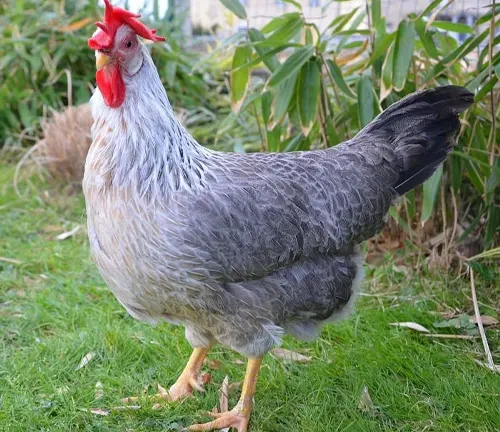
Evolution and Adaptation
Over the years, Leghorns have undergone selective breeding, resulting in various color variations and adaptations to different climates. Their ability to thrive in a wide range of environments has contributed to their widespread use in poultry farming across the globe.
The Enigmatic Appearance
Feather Varieties
Leghorns are known for their slender, elegant appearance and distinctive feather patterns. They come in several color varieties, including White Leghorns, Brown Leghorns, and Black Leghorns, each possessing its own unique charm.
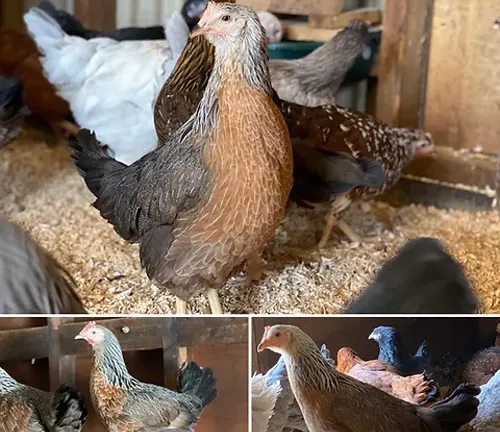
Combs and Wattles
One striking feature of Leghorns is their large, upright combs and wattles. These appendages serve to regulate their body temperature, making them well-suited for warm climates.

Leghorn Behavior and Temperament
Active and Independent
Leghorns are renowned for their active and independent nature. They are excellent foragers and enjoy roaming freely, making them a good fit for free-range poultry farming.
Alert and Vocal
These chickens are highly alert and known for their vocal nature. They’ll sound the alarm when they sense danger, making them a natural choice as watchful guardians of the coop.
Egg-Laying Champions

Prolific Layers
One of the primary reasons why Leghorns are favored by poultry keepers is their exceptional egg-laying ability. They consistently lay large, white eggs, with some individuals laying up to 300 eggs annually.
Low Broodiness
Leghorns exhibit minimal broodiness, which means they are less likely to sit on their eggs and hatch chicks. This trait makes collecting eggs more convenient for farmers.
Caring for Leghorns
Housing and Space Requirements
To keep Leghorns happy and healthy, provide them with a well-ventilated coop and plenty of space to roam. They thrive in both rural and urban settings, as long as their basic needs are met.
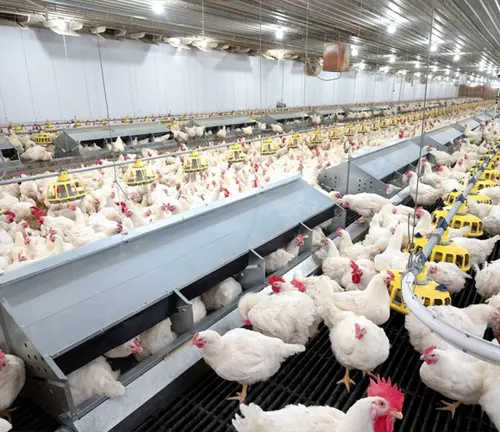
Nutrition and Diet
A balanced diet is crucial for Leghorns to maintain their egg-laying prowess. High-quality poultry feed, supplemented with calcium for strong eggshells, ensures their nutritional needs are met.
The Role of Leghorns in Agriculture

Commercial Egg Production
In the commercial poultry industry, Leghorns play a pivotal role in meeting the demand for fresh eggs. Their efficiency in egg production makes them a valuable asset to farmers.
Biodiversity Preservation
Beyond commercial farming, Leghorns also contribute to preserving poultry biodiversity. Their unique genetics and heritage make them an important breed to conserve.
Different Species
White Leghorn
The most common and widely recognized variety, known for its pure white feathers and prolific egg-laying abilities.
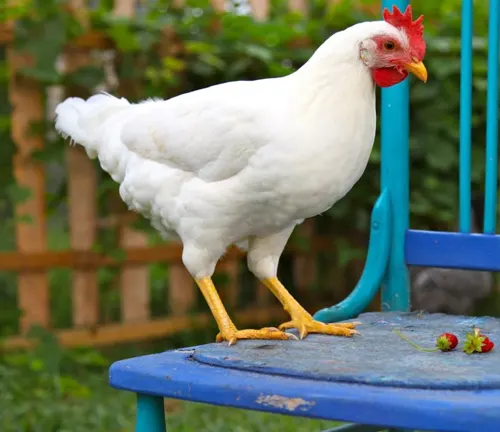

Brown Leghorn
These Leghorns have a brownish-red plumage, which sets them apart from the white variety. They are also known for their excellent egg production.
Black Leghorn
Black Leghorns have glossy black feathers, making them a striking addition to any flock. They are valued for both their eggs and ornamental purposes.

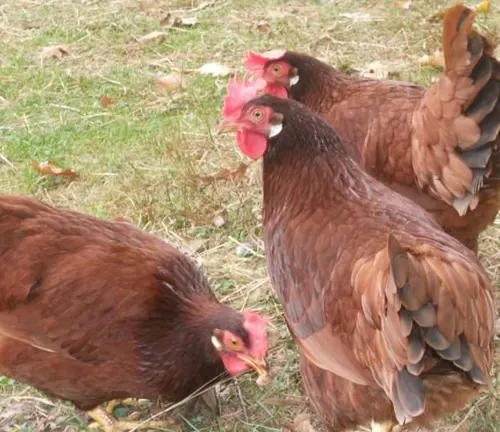
Red Leghorn
These Leghorns have a rich, reddish-brown plumage. They are known for their vibrant appearance and productivity.
Silver Leghorn
Silver Leghorns have a silver-white plumage with black lacing on their feathers. They are prized for their unique and attractive appearance.
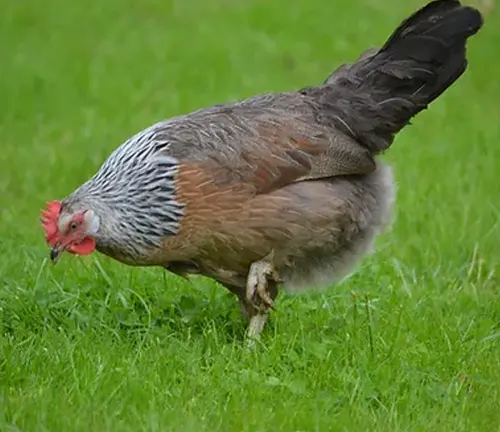
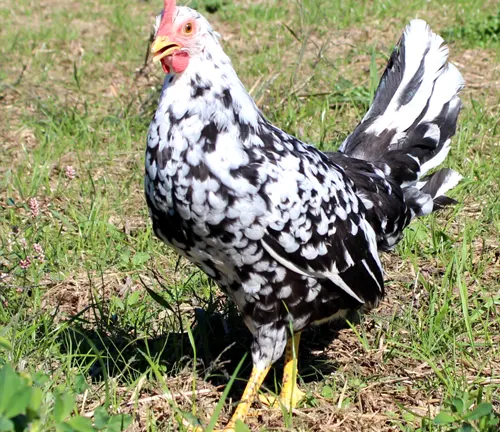
Exchequer Leghorn
This variety features a checkered pattern of black and white feathers, giving them a distinctive and eye-catching look.
Blue Leghorn
Blue Leghorns have a bluish-gray plumage and are less common than the other varieties. They are valued for their rarity and beauty.
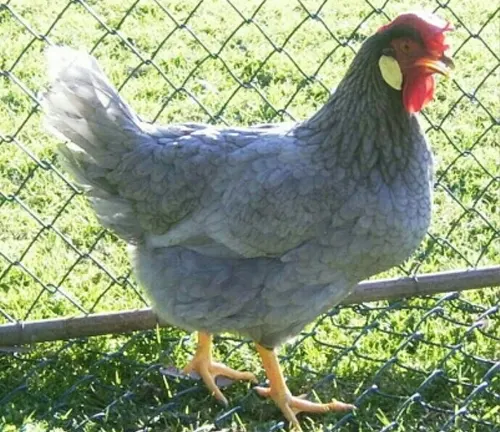
Frequently Asked Question (FAQs)
- What is the origin of Leghorn chickens?
Leghorn chickens originated in Italy, particularly in the port city of Livorno (which is also known as Leghorn in English). They were initially called “Livornese” or “Italians” and were brought to the United States in the early 1800s. - How did Leghorns get their name?
Leghorns got their name from the Italian port city of Livorno, where they were first imported into the United States. Over time, “Livorno” was anglicized to “Leghorn,” which is the name by which they are known today. - What are the distinguishing characteristics of Leghorns?
Leghorns are known for their slender and elegant appearance. They have upright combs and wattles, white earlobes, and come in various color varieties. They are also highly active and alert birds. - Are Leghorns good for backyard poultry keeping?
Yes, Leghorns can be suitable for backyard poultry keeping. They are hardy, prolific layers, and their active nature makes them good foragers. However, they can be somewhat flighty and may not be as docile as some other breeds. - What are the primary uses of Leghorn chickens in agriculture?
Leghorns are primarily used for egg production, as they are excellent layers. They are commonly found in commercial egg-laying operations. - Do Leghorns have any special dietary requirements for optimal egg production?
Leghorns benefit from a balanced diet with high-quality poultry feed. Adequate calcium supplementation is essential to support their eggshell production. - What is the average egg production rate of Leghorn hens?
Leghorn hens are known for their high egg production rates, with some individuals laying up to 300 or more white eggs per year. - How long do Leghorn chickens typically live?
Leghorns typically have a lifespan of 5 to 10 years, depending on their care and environment. - Can Leghorns adapt to both hot and cold climates?
While Leghorns are known for their heat tolerance, they can adapt to cold climates with proper shelter and care. - Are Leghorns known for being docile or more independent and active?
Leghorns are more known for their independence and active nature. They are alert and tend to be less docile compared to some other chicken breeds. - Do Leghorns require special care during the winter months?
Leghorns may need additional protection and insulation in cold winter months to prevent frostbite and maintain egg production. - What are some common health issues that Leghorns may face, and how can they be prevented or treated
Common health issues for Leghorns include respiratory infections and mites. Preventive measures include maintaining a clean coop and providing proper ventilation. Treatment should involve consulting a veterinarian. - Can Leghorn chickens be kept alongside other chicken breeds?
Yes, Leghorns can coexist with other chicken breeds as long as there is sufficient space and they are introduced carefully to prevent aggression. - How can I identify the sex of Leghorn chicks at a young age?
Sexing Leghorn chicks can be challenging, but experienced breeders can identify males by examining feather development and comb size. - Are there any specific regulations or guidelines for raising Leghorns in my area?
Regulations and guidelines for raising chickens, including Leghorns, may vary by location, so it’s essential to check with your local authorities or agricultural extension office. - Do Leghorns require special vaccinations or disease prevention measures?
Like all chickens, Leghorns may require vaccinations or specific disease prevention measures depending on your region and the prevalent diseases. Consult with a veterinarian or local agricultural authority for guidance. - What is the best way to integrate new Leghorn chickens into an existing flock?
Introducing new Leghorns gradually and supervising interactions can help reduce aggression and establish hierarchy within the flock. - Are there any unique challenges associated with breeding Leghorns?
Breeding Leghorns may require attention to maintaining specific color varieties and addressing potential genetic issues associated with prolific egg-laying. - What are some alternative breeds to Leghorns for egg production?
Some alternative breeds for egg production include Rhode Island Reds, Sussex, and Plymouth Rocks, among others. - Where can I purchase Leghorn chicks or mature birds for my poultry flock?
You can purchase Leghorn chicks or mature birds from local hatcheries, poultry farms, agricultural supply stores, or online poultry suppliers.














Leave your comment